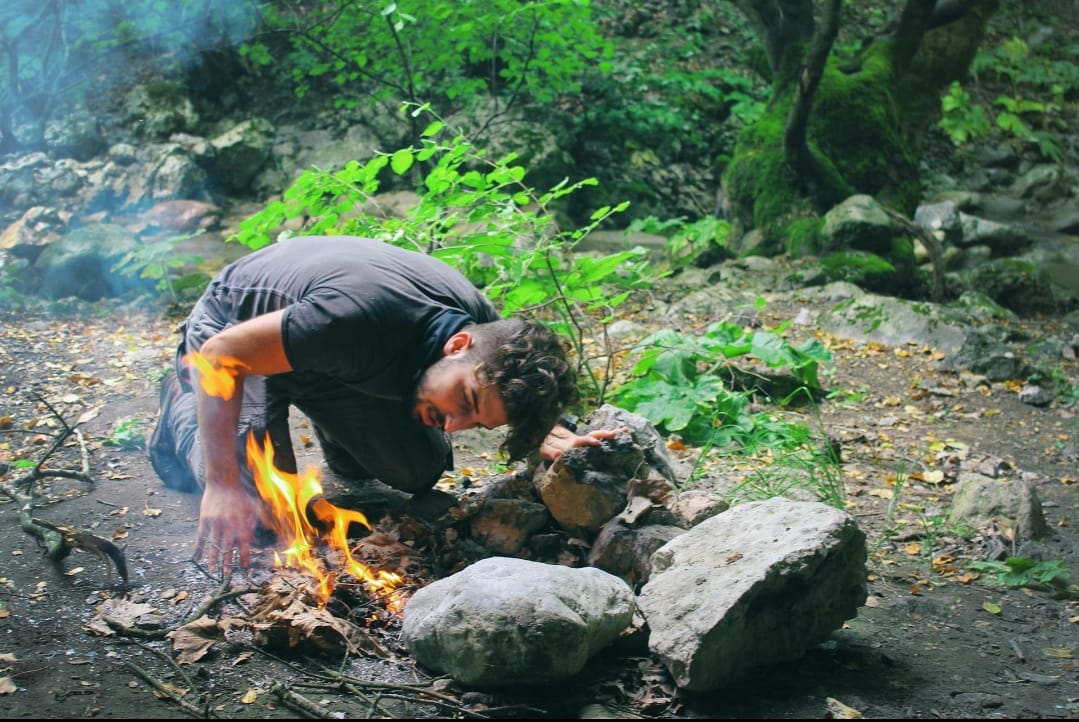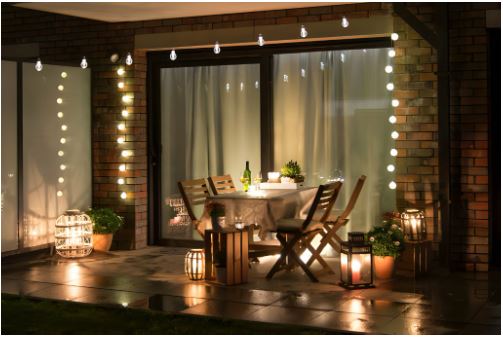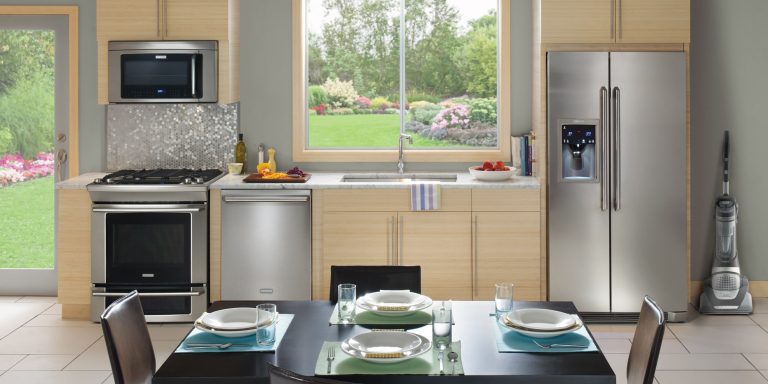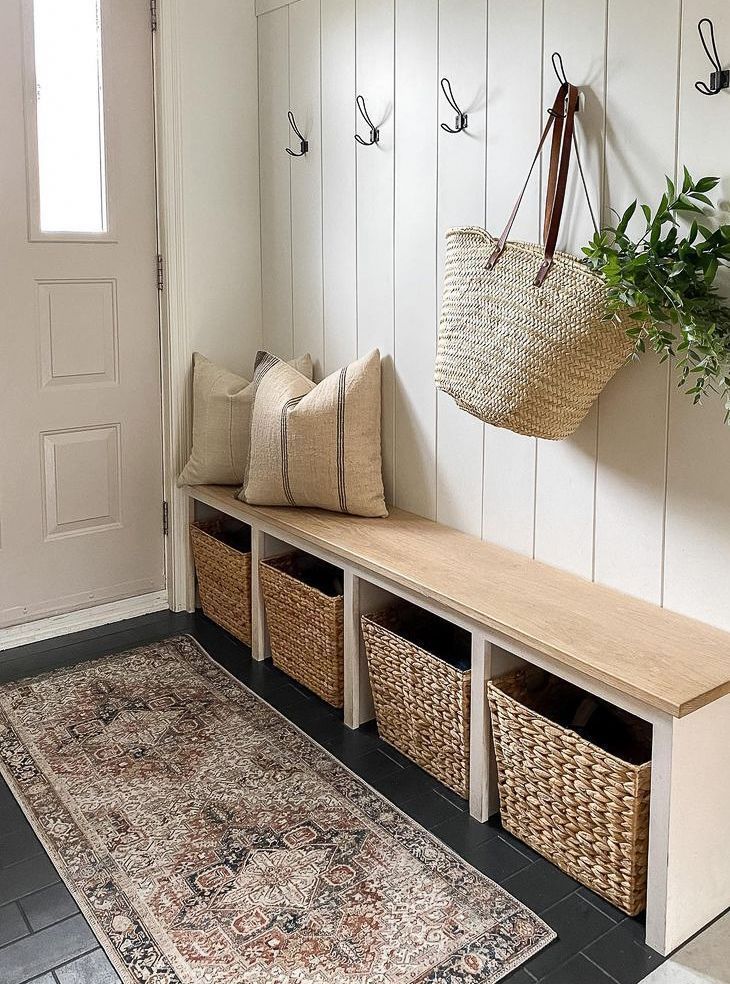5 Must-Have Items to Add to Your Emergency Preparedness Kit
According to a recent report, the vast majority of Americans believe that a potentially life-changing disaster is imminent. People’s opinions vary widely on just what that event might be. Some think it’ll be a natural disaster, like unprecedented severe weather or increasingly frequent and severe earthquakes, that ultimately destroys much of the world as we know it. Others feel it’s more likely to be a manmade event, such as a nuclear or biological attack. Either way, they believe a major devastating occurrence is inevitable.
In truth, disasters happen every day. Based on a recent write-up from the Red Cross, this organization responds to an average of 65,000 disasters each year. Those aren’t necessarily events that cause widespread devastation. They range from hurricanes and tornadoes to fires and severe winter storms. Still, they take their toll on communities. They can change people’s lives in unexpected ways, especially if they’re not prepared for events like these. Millions of people have already been affected by such disasters, and an estimated 60 percent of people in the United States are painfully aware that they could be impacted by them at any time.
Being Prepared
Despite the common, and constantly growing, realization that devastation could be lurking just around the corner, most people aren’t prepared for it. Only about 40 percent of Americans have created a plan for dealing with a disaster if it arises. Even fewer have the necessary supplies in place to sustain their families if push comes to shove. If you’re utterly unprepared for an emergency situation but would like to change that, you’ll find an array of essential supplies at preparedbee.com. In the meantime, take a look at five of the most important items to add to an emergency preparedness kit and why they’re so crucial to your family’s survival.
1) Water for Hydration and Sanitation
Water will be your most important resource in an emergency. You can survive for several weeks without food, but you’ll only last a few days without water. Experts recommend having on hand at least one gallon per person per day. Stock enough for at least three days, but keep in mind that it’s better to be overprepared than underprepared. You might need this water for drinking, cooking, bathing, and cleaning, and it goes much faster than most people realize.
Bottled water is one option, but some people opt to collect their own water and store it away for the future. If you choose this route, be sure to use containers that are specifically designed for this purpose. Milk jugs and certain other containers could break down over time. They may also contain contaminants, like bacteria, even if you clean them thoroughly. Water can also harbor pathogens in its own right, and they’re likely to multiply in storage. Replacing your stored water supply every six months is recommended to avoid contamination.
As an alternative to a water stockpile, or even as a supplement to one, consider keeping water purification solutions in your emergency preparedness kit. Purification tablets are one option, as are personal water filtration straws. Portable filtration systems for purifying larger volumes of water are also available. With these items, you can draw from rivers and lakes if your water supply runs out or you need to go mobile.
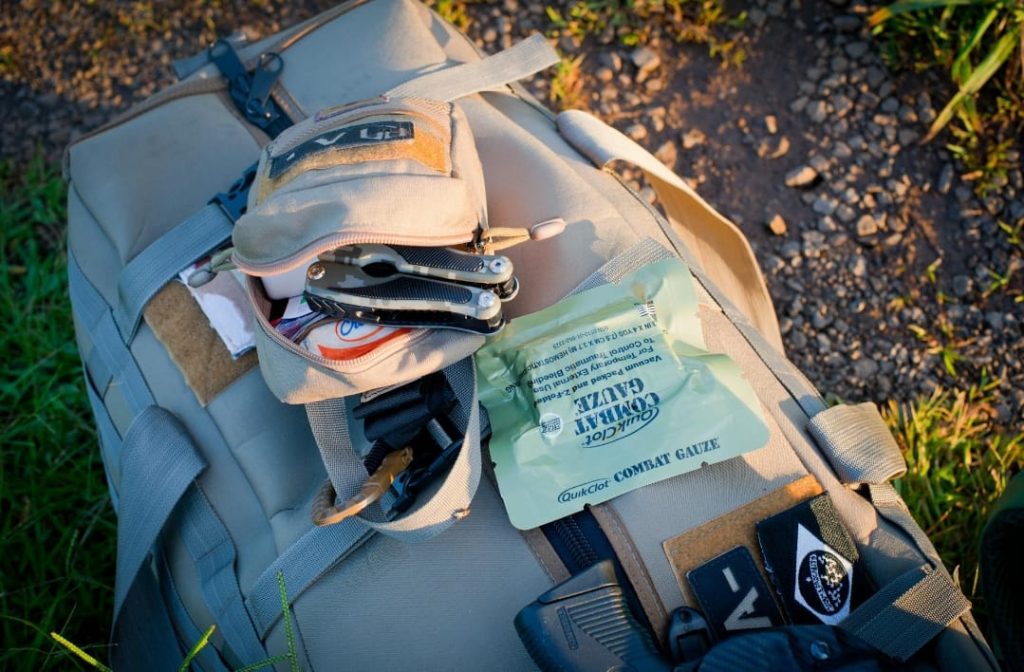
2) Non-Perishable Foods to Keep Your Family Going
In addition to water, your family needs food to make it through a crisis. Though you can technically survive without it for a while, surviving and actually living are entirely different situations. Without food, you’ll start to get weak. You’ll develop a relentless headache, and you’ll get shaky. You’ll also have trouble concentrating, which could make surviving a crisis and keeping your family safe even more difficult. Those are only the short-term effects of starvation. The longer your family goes without food, the more problems they’ll experience.
As is the case with water, it’s a good idea to have at least three days’ worth of food on hand per person. That being said, not all non-perishable foods are created equally. The following items can give your family much-needed calories, fat, and energy. They can also provide other essentials, like protein, sugars, vitamins, and minerals.
- Canned Meats
- Granola and Energy Bars
- Cereals
- Crackers
- Canned Fruits and Vegetables
- Nuts
- Rice
Foods like those have long shelf lives, and they’ll help to keep your family going. Some experts point out that in a pinch, you could live on peanut butter alone. That’s not exactly recommended, though. Aside from these foods, you’ll find a vast range of dehydrated and freeze-dried meals and individual ingredients available for emergency stockpiles. You’ll need water to prepare them, but most of them require very little.
3) First-Aid Supplies for Handling Illnesses and Injuries
Illnesses and injuries are major concerns in a crisis. In emergency situations, help may not be available. That’s particularly true if you’re on the run or the disaster in question had devastating widespread effects. Because of that, having a well-stocked first-aid kit is crucial. Some of the items you should have in an emergency preparedness first-aid kit include:
- Adhesive Bandages
- Gauze
- Antiseptic Wipes and Ointment
- Pain Relievers
- Cold and Hot Packs
- Scissors
- Tweezers
Those are some of the basics, but you can modify your first-aid kit any way you see fit. If your family needs any prescription medications, be sure to include those as well. Some of the most common are insulin, asthma inhalers, and anti-seizure medications. Think about how important those types of medications are and how difficult they might be to get your hands on during a disaster. If there’s a chance there won’t be an open pharmacy nearby, make them a part of your emergency preparedness plan. Consider signing your family up for CPR and first-aid classes as well, so they’ll be fully equipped to handle medical emergencies if the need arises.
4) Communication and Lighting
Emergency situations and power outages tend to go hand in hand. You may not have overhead lights to allow you to see in the dark and see danger coming. A disaster could also take away the means of communication we’ve all come to rely on. Make flashlights part of your emergency preparedness kit, and pack at least one for each person in your family. Adding a few extras to the mix couldn’t hurt, either. Hand-crank models and those you recharge by shaking them are particularly useful in an emergency because they don’t need batteries.
An emergency radio is also a must. It’ll help keep you informed about what’s going on around you. It’ll also give you updates about the weather, emergency procedures that may go into effect, and other pertinent information. Of course, that’s assuming radio stations and emergency alert systems are still up and running. These radios are available in battery-powered versions, hand-crank models, and even solar-powered ones.
Some experts recommend that people add GPS systems to their emergency supplies. They can help you find your way around if you have to bug out. On the other hand, if satellites and cell towers are down, they’re little more than paperweights. Should that be the case, a compass and maps will be the better option. You might want to pack those into your preparedness kit along with a GPS just to be on the safe side.
5) Additional Tools and Supplies
Beyond those basics, a long list of other tools and supplies could serve you well in an emergency. For one, you’ll need a good knife. A manual can opener or a P-38 will come in handy for getting into canned foods. Paracord is always a plus. It’s extremely versatile. Adding matches or a Firestarter kit to the mix is definitely advised.
A multi-tool will give you several essential tools to work with, including pliers, wire cutters, screwdrivers, and knives. Duct tape is sure to prove itself useful for countless purposes from repairing shoes and clothes to holding splints in place. Consider adding tents and tarps to your supplies as well. If your home is destroyed or you need to leave, they’ll give you much-needed shelter.
Keeping Your Family Ready for Disasters
Disaster could strike at any moment. When it does, it could certainly turn your life upside-down. Even relatively small-scale crises can alter people’s lives. Don’t let events like these catch you unprepared. Get ready for them ahead of time, so you can keep your family safe and healthy. Keep the items mentioned here in mind while creating your emergency preparedness kit. Remember that these are some of the more basic essentials. If you want to be prepared for a broad range of disasters and long-term survival, you’ll need to add even more items to the list.
Furthermore, be sure your family knows what to do in the event of an emergency. Beyond supplies, develop an in-depth emergency plan, including procedures to follow if an emergency arises, where to meet, and other important factors. It’s impossible to fully prepare for every possible scenario, but with the right supplies and a plan in place, your family will be better equipped to survive an emergency situation.
